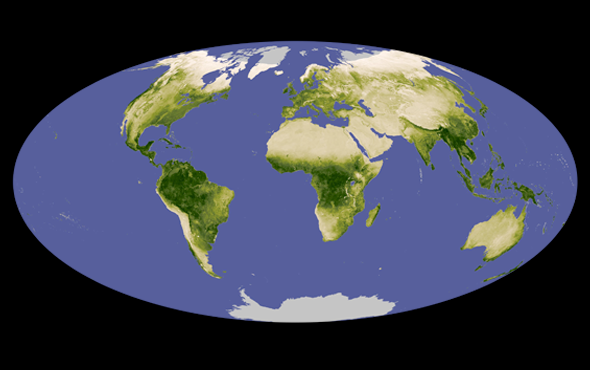COSTA RICA
Researchers embedded GPS devices in decoy sea turtle eggs to track poaching patterns. In their first field test, five of the 101 decoys (which had similar size, weight and texture to real eggs) traveled significantly, potentially reaching consumers.
LATVIA
DNA harvested from a 700-year-old public toilet in Riga (as well as a 600-year-old cesspit in Jerusalem) will help researchers examine how human microbiomes have evolved over time. Microbial DNA from both sites matches some species common in modern hunter-gatherers and some in today's city dwellers.
ANTARCTICA
New analysis suggests a 50-million-year-old foot bone found on Seymour Island comes from a species of bird whose wingspan reached 6.4 meters across. The researchers also attributed part of a large jawbone with toothlike structures to the species.
MADAGASCAR
In a Madagascar garden, researchers found several Voeltzkow's chameleons—a rare species whose females can change from green to a vivid black, white and blue when excited. The short-lived species had not been documented for more than 100 years, and no females were previously recorded at all.
INDONESIA
New research shows that fluffy but venomous slow lorises frequently bite one another to settle territorial disputes—a rarity in venomous animals.
AUSTRALIA
An enormous, newfound coral reef off the continent's northern coast is taller than the Empire State Building, rising more than 500 meters above the seafloor. Considered part of the Great Barrier Reef, it is the first detached reef structure discovered there in 120 years.

